BULLETIN

The cyanotype process is chemically simple and limited in terms of the color…
Cyanotype
The English scientist and astronomer Sir John Herschel discovered the cyanotype photographic technique in 1842. The process involves applying a photosensitive solution of potassium ferricyanide and ferric ammonium citrate to a surface such as paper or cloth. A positive image can then be produced by placing a negative (often semi-transparent paper) or objects on the coated surface and exposing it to UV light to create contact prints. These prints are distinguished by their Prussian blue color and durability.Other materials, such as Gold, Silver, Platinum were also used to produce prints of distinctive color.
Alphonse Poitevin was an important inventor in early photographic processes in France. Shortly after discovering the cyanotype process, Herschel introduced it to a British botanist called Anna Atkins who produced a series of cyanotype photograms documenting ferns and other plant life. She is sometimes referred to as the first known female photographer due to this work.
While photographic processes have their own unique history and development, the techniques of photographic image composition have much in common with painting, particularly landscape studies and still life pieces¹ . Elements of the visual languages of perspective and framing are shared across art forms but the darkroom processes of retouching, contact printing, exposure and the fixing of prints are specific to photography.
The cyanotype process is chemically simple and limited in terms of the color, with some variations possible with the use of different sorts of paper, cloth or plates. Like all analogue photography the cyanotype process requires patience and experimentation, as the exposure time traditionally depends on the intensity of sunlight. With today’s technology it’s possible to have more control over the cyanotype process by using a UV-lamp.
Further developments in the cyanotype process allowed rapid and accurate production of copies. This made the cyanotype process useful to engineers and architects – the distinctive white lines on a blue background leading to the term ‘blueprint’ that is still in use today.
¹ Lit: Malin Hylén, Cyanotypes – A New Look at an Old Technique, Central Saint Martin, London 2000
All artwork is available for purchase.
We cannot guarantee the items will still be available upon request.
For further information please send an email to: contact@danielblau.com
Other Diversions
Albert Camus - Die Pest Tate Modern UK - Andy Warhol Vatikan Rom - Virtual Tours Louvre Paris - Virtual Tours The Shakespeare Globe Trust Sydney Opera House Münchener Kammerspiele Andrea Bocelli: Music for Hope - Live from Duomo di Milano
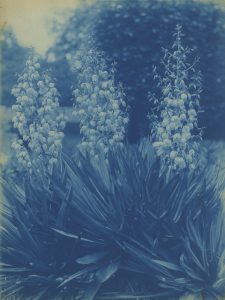







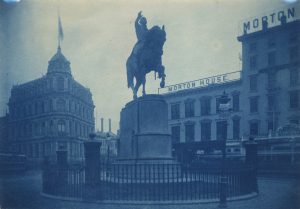
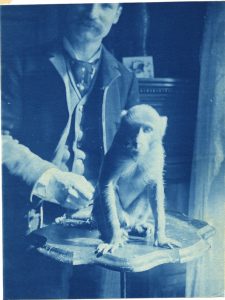
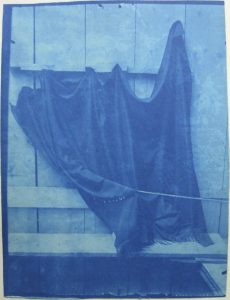
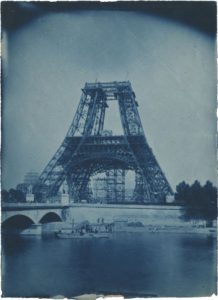
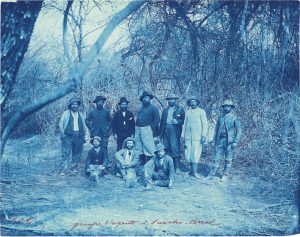
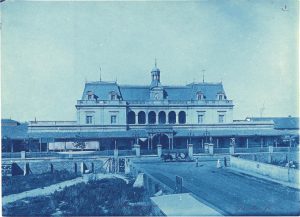
 +49 89 29 73 42
+49 89 29 73 42